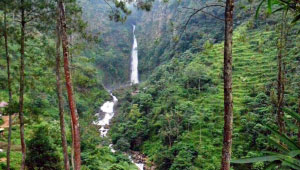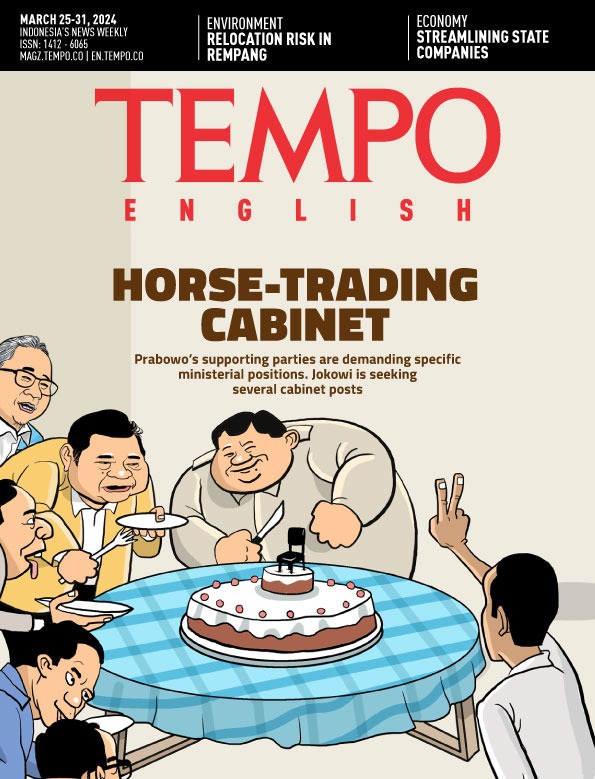Sokokembang: Guardians of the Forest
Tuesday, October 3, 2017
arsip tempo : 171349669487.

The park, inaugurated in 2006, is officially known as Petungkriyono Ecotourism Pekalongan and lies at an altitude of 900 to 1,600 meters on the slopes of Mount Rogojembangan in Central Java. For thrill-seekers, the nearby Welo River offers hair-raising rafting and river boarding accompanied by guides. The scary parts of the river, with tall waves at the eye level, will put a notch in your adventure belt, but there are also sets of small rapids t
...
Subscribe to continue reading.
We craft news with stories.
 For the benefits of subscribing to Digital Tempo, See More
For the benefits of subscribing to Digital Tempo, See More









